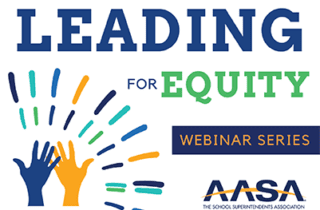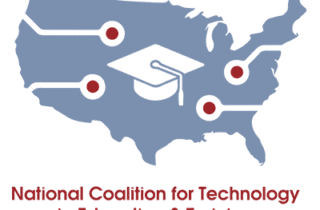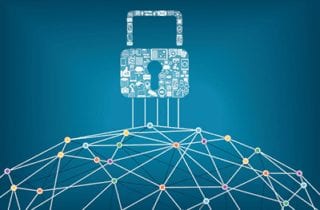Leaders in the Virginia Beach City Public Schools have been working on their equity agenda since 2015. But while their first two iterations focused more on achievement gaps and access to rigorous classes for all students, the plans didn’t address systemic inequities or really move the needle forward. During a recent edWebinar, hosted by AASA, The School Superintendents Association and AASA’s Leadership Network, Dr. Aaron Spence, Superintendent, and Dr. LaQuiche R. Parrott, Director of Diversity, Equity and Inclusion, explained why their Compass 2025 plan emphasizes equity throughout and how they keep equity front and center in their work.
For students in Jacksonville, FL and surrounding Duval County, where non-academic barriers often interfered with success in school, the implementation of mental health programs and other wellness initiatives has been accompanied by significant improvements in graduation rates and other important metrics.
Social, cultural, and political factors in 2020, such as civil unrest, COVID-19, and the presidential election, have resulted in the highest recorded stress levels of American adults. These stressors have led many to believe in unfounded explanations of events, situations, or conspiracy theories. This type of thinking blames the secretive work of sinister, influential people, involves complicated reasons, generally easily proven false, and relies on faulty logic, reasoning, and false evidence. Belief in conspiracy theories offers simple and often-sensationalized explanations for events we don’t fully understand, meets unconscious psychological and emotional needs, takes advantage of vulnerabilities caused by stress, fears, and anxieties, and provides a sense of community.
The combined impact of demographic changes, accountability measures, and special education requirements have created numerous challenges for educators and administrators in recent years, which were further complicated by the pandemic and societal issues during 2020.
Even before COVID-19 created online, remote, and hybrid learning environments in school districts across the country, most district and school leaders struggled with chronic absenteeism in their schools. Researchers like Dr. Todd Rogers, Professor of Public Policy at Harvard University and Chief Scientist at EveryDay Labs, have tirelessly worked with school districts to identify, develop and implement strategies to reduce absenteeism at scale.
It is possible to take charge of stressful situations that disrupt your emotional core. In the recent edWebinar, sponsored by Norton Books in Education, educators and researchers shared how teachers can reduce the impact of stressors to improve the overall work environment, even during difficult times.
It’s a common story: the energetic principal who comes into a school, revamps the curriculum, creates innovative learning practices, and then leaves with no sustainability plan. Or, while the kids in that one school thrive, others across the district are left behind. Unfortunately, many schools and districts are still relying on individuals or looking for that magic program rather than developing educational systems that provide a high-quality, modern education for all students.
As school districts have become more diverse and focused on the importance of providing an equitable education for students from different cultures, the need has grown for a consistent and effective approach to improving the achievement of all learners and engaging their families in the process.
While teaching students about social skills and emotions has become widespread and proven especially helpful during the pandemic, less attention has been paid to the ability to adjust emotions, thoughts, and actions in response to changing environments and challenging times, which is known as “executive function.”
Of course, there are technical aspects to protecting data, and as many schools have learned during the pandemic, district IT staff need to stay on top of evolving efforts to compromise systems. But that’s just one part of guarding student information. During a recent edWebinar, sponsored by ClassLink and co-hosted by CoSN and AASA, the presenters discussed the policies and practices that also keep data safe in a digital education environment.









